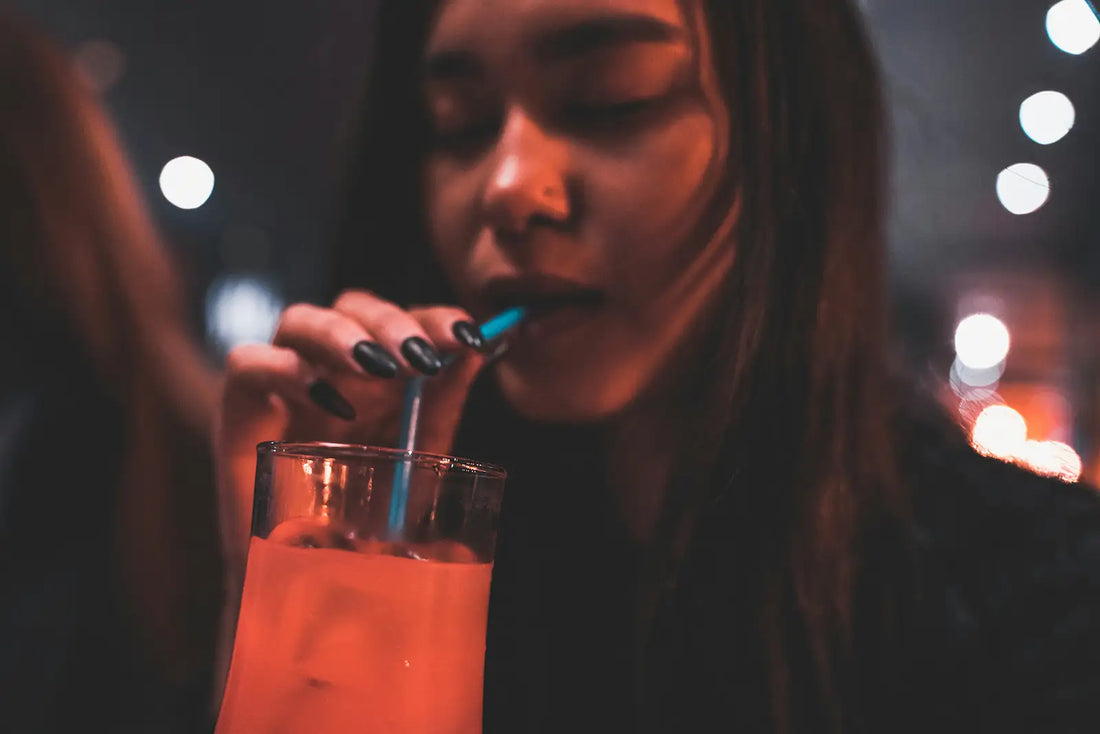
How to Prevent Asian Flush: Tips for Reducing Alcohol Flush Reaction
Share
If you’ve ever experienced a red face, rapid heartbeat, or nausea after just a few sips of alcohol, you might be dealing with Asian flush, also known as alcohol flush reaction. This condition affects millions of people, particularly those of East Asian descent. But don’t worry—there are steps you can take to help prevent or reduce the severity of these symptoms.
In this post, we’ll break down what causes Asian flush and how to prevent it effectively.
What Is Asian Flush?
Asian flush is a common reaction caused by a genetic variant that affects the way the body breaks down alcohol. Specifically, it’s due to a deficiency in an enzyme called ALDH2 (aldehyde dehydrogenase 2). When this enzyme doesn’t function properly, a toxic byproduct of alcohol called acetaldehyde builds up in the body, causing symptoms like:
- Red or flushed skin
- Rapid heartbeat
- Headaches
- Nausea
- Dizziness
While it’s not usually dangerous in the short term, repeated exposure to high levels of acetaldehyde has been linked to an increased risk of esophageal cancer.
How to Prevent Asian Flush: 6 Tips That Work
1. Avoid Alcohol or Drink in Moderation
The simplest way to avoid Asian flush is to avoid alcohol altogether. If that’s not realistic, try limiting your intake. Stick to drinks with lower alcohol content and pace yourself over time.
2. Choose Your Alcohol Wisely
Some drinks are more likely to trigger Asian flush than others. Darker liquors like whiskey, red wine, and beer often contain higher levels of congeners (byproducts of fermentation) and histamines that can worsen symptoms. Clear spirits like vodka or gin may be easier on your system.
3. Take Antihistamines (With Caution)
Some people take antihistamines like Pepcid AC or Zantac (ranitidine) before drinking to reduce redness. These medications can suppress the flushing response, but they do not reduce the toxic effects of acetaldehyde. Use this method only occasionally and always consult a healthcare provider before trying it.
4. Stay Hydrated
Drinking water before, during, and after alcohol consumption can help your body metabolize alcohol more efficiently and reduce the intensity of symptoms.
5. Eat Before You Drink
Having food in your stomach can slow down alcohol absorption, giving your body more time to break down acetaldehyde. Choose protein-rich foods or healthy fats for best results.
6. Try Natural Supplements
Some people have had success with supplements like:
- NAC (N-Acetyl Cysteine) – May help break down acetaldehyde
- L-Glutathione – Supports liver detoxification
- Quercetin – A natural antihistamine
Be sure to talk to a healthcare provider before starting any new supplement routine.
Final Thoughts: Managing Asian Flush Safely
While there’s no “cure” for Asian flush, understanding what causes it and how to minimize your exposure to alcohol’s harmful effects is key. Whether you choose to avoid alcohol or take steps to manage the reaction, your health should always come first.
If you regularly experience intense reactions to alcohol, it’s a good idea to consult a doctor or genetic counselor. In some cases, your symptoms may be a sign of a deeper sensitivity that requires medical attention.
Frequently Asked Questions (FAQ)
Q: Is Asian flush dangerous?
A: While the redness itself is not dangerous, it’s a sign of acetaldehyde buildup, which has been linked to long-term health risks, including certain cancers.
Q: Can I develop Asian flush later in life?
A: Typically, Asian flush is genetic and present from a young age, but changes in liver health or medication use can influence how your body reacts to alcohol.
Q: Are there any permanent fixes?
A: Currently, there’s no permanent fix. Enzyme therapy and gene editing are being researched, but nothing is available for general use yet.
